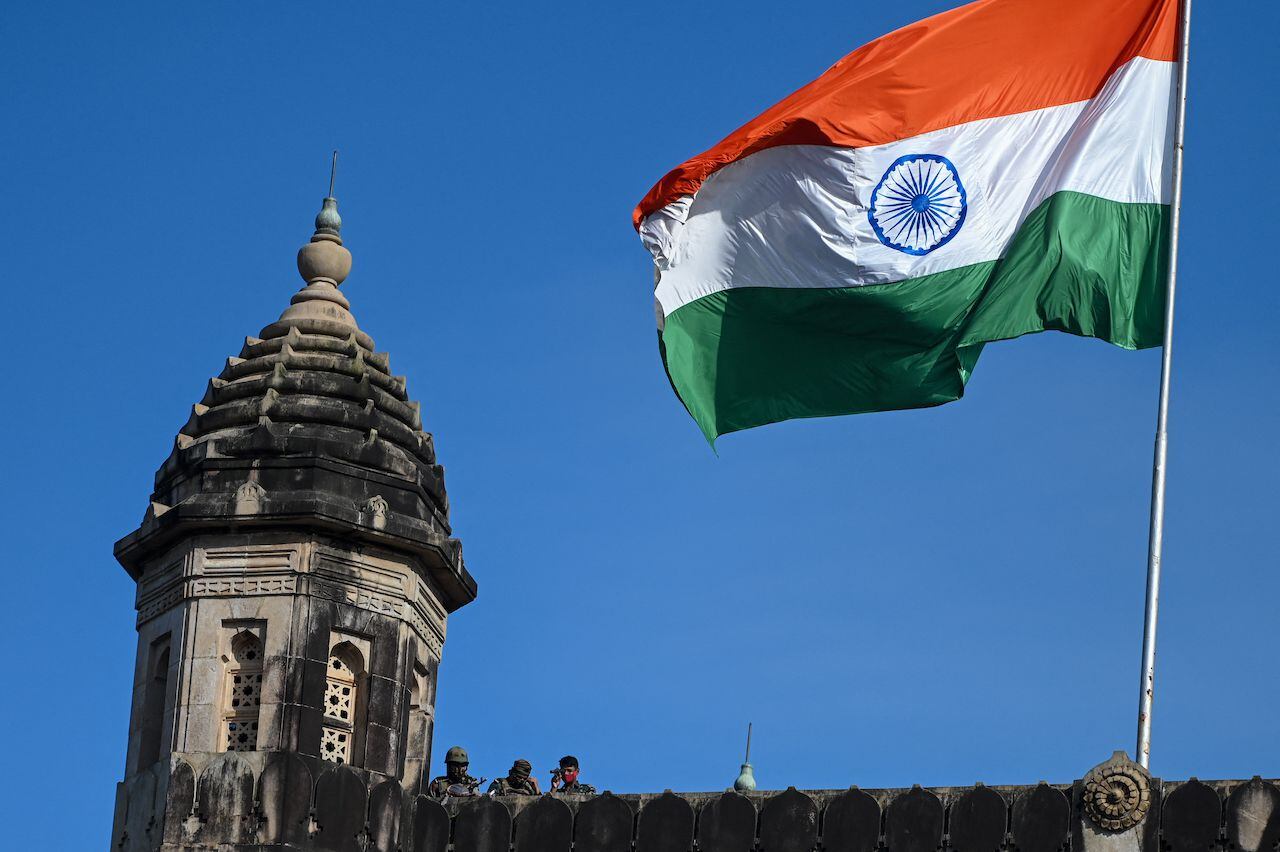
India will probably become the most populous country in the world, surpassing Chinaby mid-2023, according to the latest projections of the UN published this wednesday; a position he could hold for centuries. But what is it due to and what consequences will this change have?
What are the demographics?
According to UN estimates, India will have 1.429 million inhabitants by the middle of this year, surpassing China by almost three million inhabitants.
According to data from China’s National Statistics Office published in January, that country had 1.412 million inhabitants at the end of 2022. It thus registered its first decline since 1960-1961, when famine caused tens of millions of deaths due to various errors in the economic policy of “Great Leap Forward.”
While China publishes those figures every year, India has not conducted a population census since 2011. At the time, the country had 1.21 billion people.
Until 1969, birth certificates were not required in India, and the census that was due in 2021 was delayed by the coronavirus pandemic. In addition, it was affected by several logistical problems.
India conducts the census once every ten years and the exercise involves detailed door-to-door work, collecting information on religion, mother tongue and literacy level.
The government of Prime Minister Narendra Modi, a Hindu nationalist, has been accused by the opposition of having deliberately delayed it so as not to have to publish data on sensitive issues, such as unemployment, before next year’s national elections.
What about family planning?
China took decisive steps to curb its population growth in the 1980s, imposing a one-child policy. Since 2021, Chinese people can have up to three children.
In the 1970s, India mounted its own sterilization and family planning campaigns, including a particularly unpopular one against men.
Female sterilization is the most popular contraceptive method in India despite the health risks it entails.
And, even so, its fertility rates continue to be higher than those of its northern neighbor, which explains why its population is much younger and now more numerous: some 650 million Indians are under 25 years of age.
What challenges does it entail?
New Delhi and Beijing compete in terms of influence in Asia and on the international scene, and country status “most populous in the world” it could bolster India as a rising power, courted by the West to counter China’s influence.
That demographic dominance could serve as an argument for New Delhi to win a permanent seat on the UN Security Council, something India has long wanted.
India has more inhabitants than the four permanent members of the Security Council together (the United States, Russia, France and the United Kingdom) that make up the organization along with China.
But responding to the needs of such a large population poses major challenges, especially in terms of the environment and infrastructure.
Instead, a plentiful and young workforce brings economic advantages: India is the world’s fastest-growing large economy, and has already overtaken the UK as the fifth richest country in terms of Domestic Product. Gross (GDP).
Source: AFP
Source: Gestion
Ricardo is a renowned author and journalist, known for his exceptional writing on top-news stories. He currently works as a writer at the 247 News Agency, where he is known for his ability to deliver breaking news and insightful analysis on the most pressing issues of the day.












